Quinn Ryan Mattingly is living the dream. The editorial and commercial photographer left the rural Ohio countryside to make a life as an ex-pat photographer in Asia. Mattingly's photography is immediately engaging . Stark, graphic, intimate...these are all words that can be used to describe his style. Now living in Vietnam, we reached out to Mattingly to learn more about how he creates such a rich tapestry of life in his adopted home.
Alpha Universe: What's your photography background?
Quinn Ryan Mattingly: I’m basically all self-taught. Photography was never really my intended pursuit when I was in high school or university, but it became so once I moved abroad and started to do a lot of traveling around 2004. I picked up my first DSLR and began capturing the new and interesting places and faces I was encountering. Even if I did say so myself, I though some of the images were pretty alright, a few others said so as well, and I started to realize I had a passion, maybe even talent for photography. I started to spend a lot of time reading about photography and looking at as much work as I could find, mostly documentary and photojournalism at that point, and then it was basically right down the rabbit hole from there! In 2008 I was still working as an English teacher, but I knew photography was what I was meant to do, and eventually I made the jump off the deep end to being an unemployed starving artist and only focusing on getting work and building a career. I got a staff job with a local English language magazine in Saigon in 2009, and that really helped me build a network and portfolio and start to earn a living with only my camera.

Alpha Universe: How long have you been in Vietnam?
Quinn Ryan Mattingly: I always say long enough to make me a little crazy! I’m American, from rural Ohio and a young 36 years old! I’ve been living here pretty much full time since 2007, so coming up on 10 years. Not sure exactly how that happened, it was never really my intention, but yea, it’s a pretty nice place to live and be based for work! In general, the people are great, the food is delicious, the beers are cheap, and there’s such a variety of landscapes to visit and shoot.
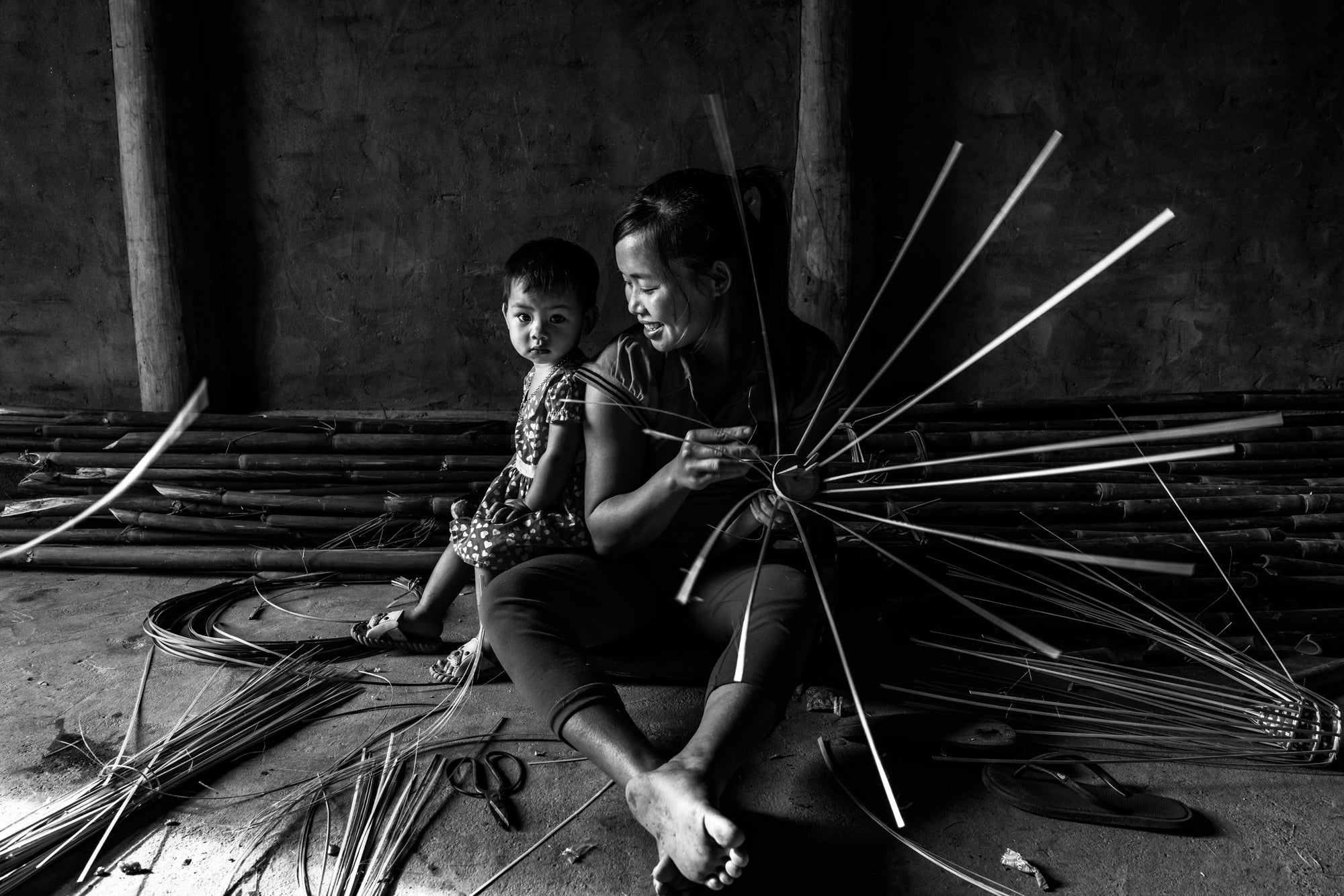
Alpha Universe: Your photography seems to span a wide range from photojournalism to travelogue. How would you describe yourself as a photographer?
Quinn Ryan Mattingly: My professional work is typically about half editorial and half commercial and my personal work about half documentary and half travel, if that makes sense! I take on assignments for clients like The Washington Post, New York Times, Paris Match and various other regional and international publications, but also do a decent amount of commercial work for local clients or those abroad with operations in Vietnam. That could be anything from fashion to factories to food shoots, sometimes all in the same week! I have done a fair bit of NGO work as well, and really enjoy working with people helping people. Those kind of projects pay the bills, but what I most enjoy doing is documentary, long-term projects on topics that I’m interested in, which are typically the stories of the marginalized peoples of Vietnam or the region. I work on these whenever I have time, and also just enjoy traveling to new places in Vietnam or the region and trying to make some nice travel images.
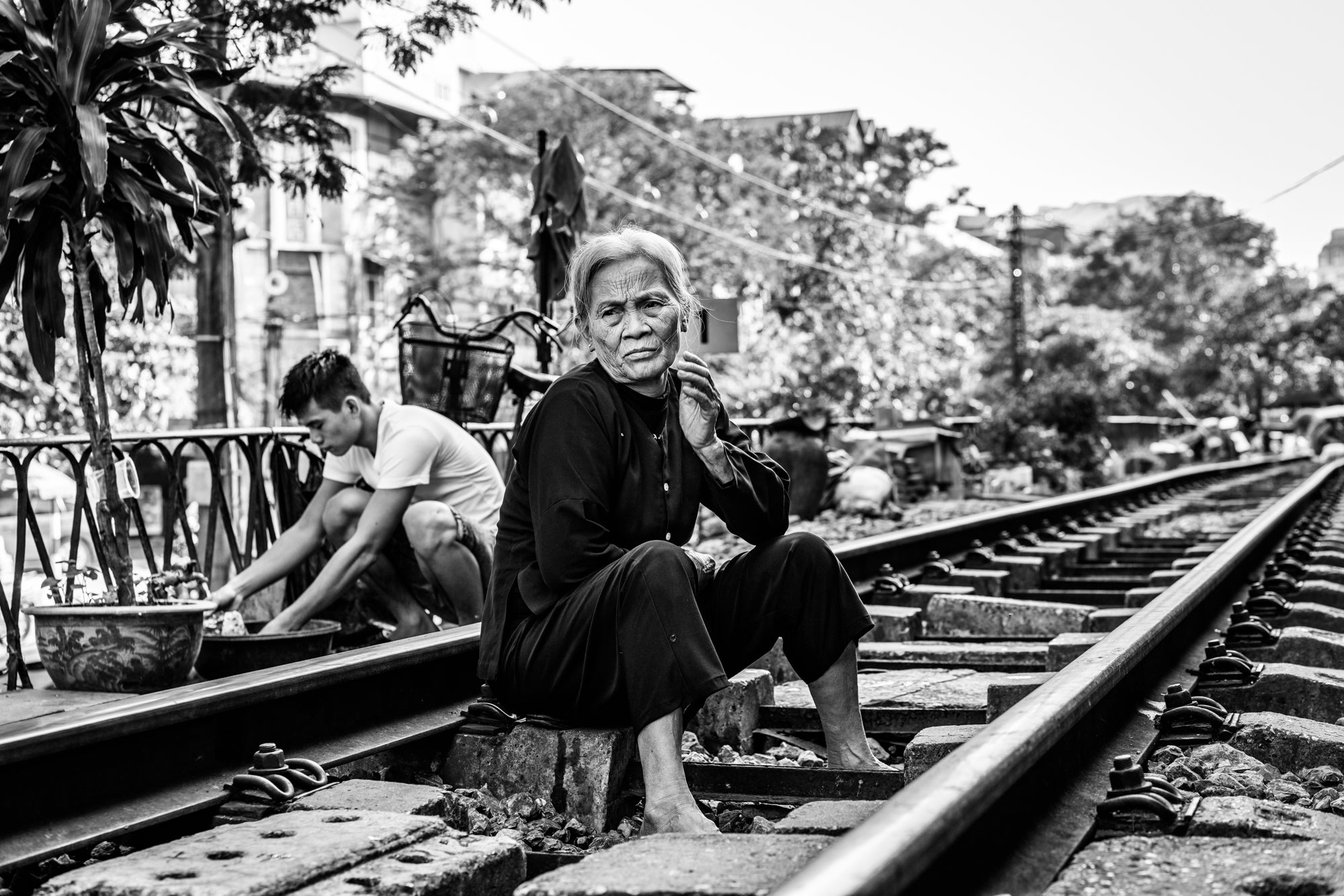
Alpha Universe: In your pictures, it’s clear that you’re able to really connect with the people you photograph. Can you describe how do you do that?
Quinn Ryan Mattingly: For me, that’s one of the most important parts of photography, capturing images and being a photographer. For images to speak to me, they need human element, and to make images that are meaningful not only to you but to viewers at large, I think it’s very important to understand the human condition and the people you’re photographing. It really is an honor and privilege to be allowed to photograph someone, be it just as a portrait, or for them to let you in to their home or capturing something as sensitive as a funeral. You have to make sure they trust you and are comfortable with you being there, and then sort of disappear into the background. In Vietnam I’ve found one of the ‘magic tickets’ to access as it were, is to first and foremost to just smile, but also to know a bit of the language, even if just to say hello or how are you. Being a foreigner in the country, in the cities, let alone a small countryside village, we tend to stick out like a sore thumb! I’ve found by just knowing how to say a few things and ask a few questions, they think that’s the coolest thing and doors open right up. From there, it’s just about seeing and waiting for the scenes and emotions you want to capture and boom, you’ve got some great shots in the bag!
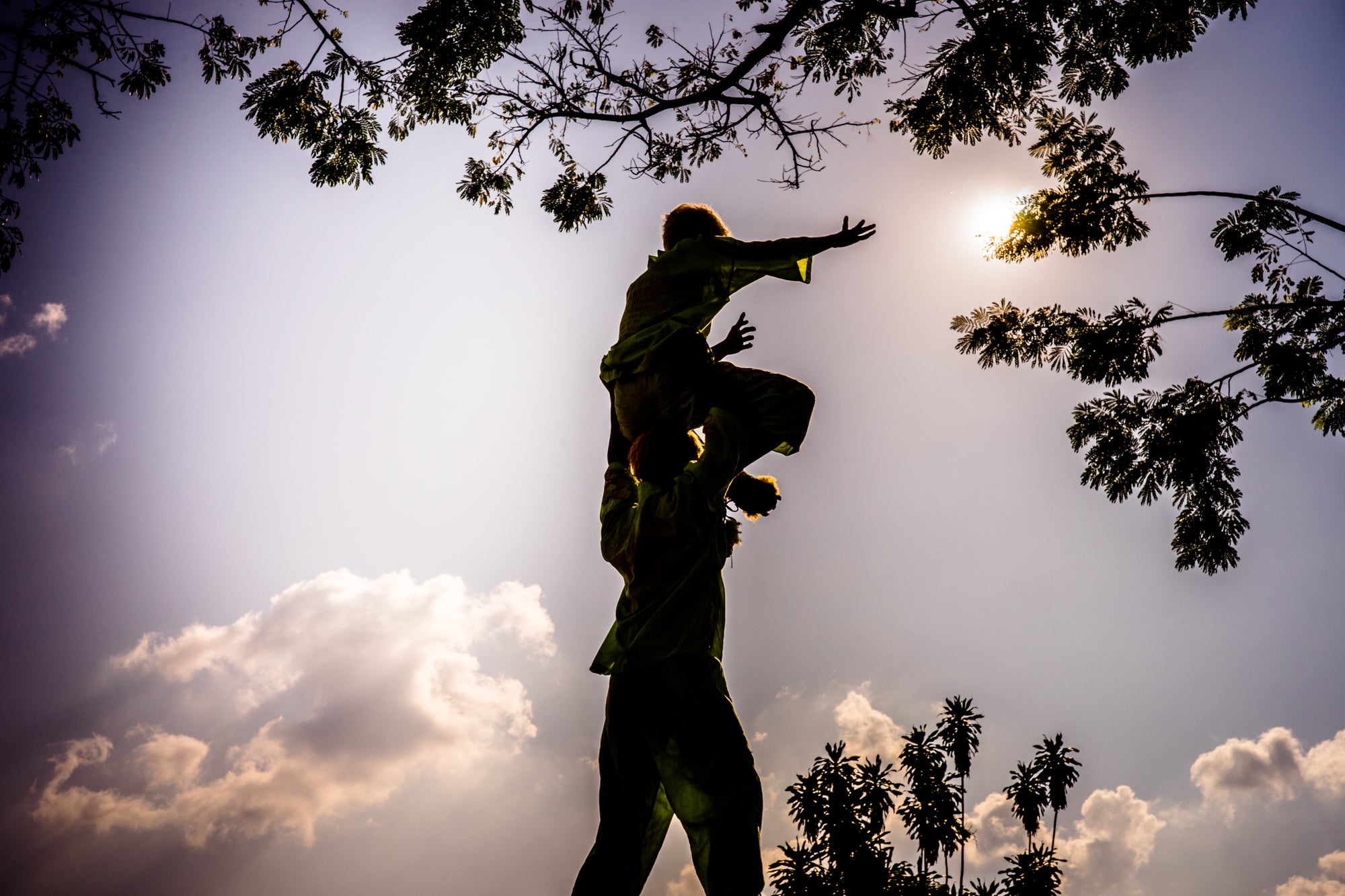
Alpha Universe: How long have you been shooting with Sony cameras?
Quinn Ryan Mattingly: For full time use, about 6 months ago, but I was using a Sony α7 as a travel camera and a second body for about a year before that while I was still on a Canon 5D MkIII.
Alpha Universe: What drove you to make the switch?
Quinn Ryan Mattingly: In the simplest terms at first, it was the size, weight, quality and flexibility the system offered. I worked only with Canon 5D’s when I initially started working professionally, as that was basically the standard and what was available. Yes, they’re great cameras and lenses, and I still think they are, but at a certain point, I got tired of a heavy backpack and a sweaty back all the time! Once the first α7 came out, the form factor and that it was a full frame, even with the somewhat limited native lens options at the time, really intrigued me.
I first traded my 5D MkII for a Sony α7, just to use as a personal travel camera and as a smaller backup in my bag for the 5D MkIII I was using as my workhorse. I started having so much fun with it using manual and legacy lenses, I wondered if I could use it full time.
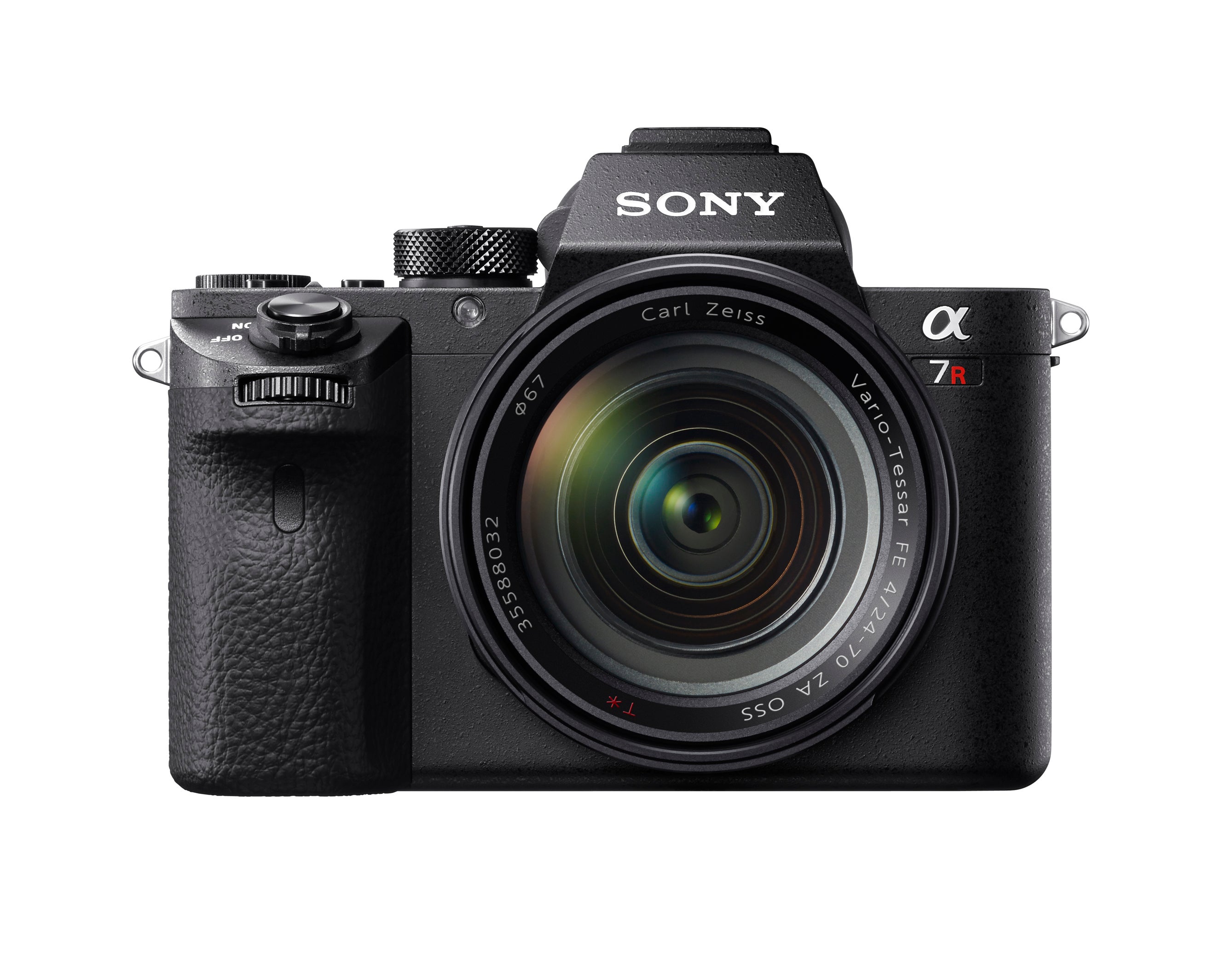
It was really when the α7R II came out that I, along with the rest of the photo world, was blown away with what Sony had packed into such a small camera. I loved the high megapixels, but that alone wouldn’t have swayed me I don’t think. It was the combination of the megapixels, the 4K, stabilizer, high ISO capability, 400 focus points, and all the other features the camera has that finally made me want to make the jump.
I spent a lot of time online researching and reading reviews, and once I felt confident that this was what I wanted, I rented one for weekend and gave it a shot. Of course I was impressed, and it wasn’t but a week or so later that my Canon gear was up for sale and gone. I took that cash and ran directly to the shop, where, after a bit of scare that there were none left, I found the last one in the city! That was lucky as I had a gig just a few days later!. I did an all day pre-wedding shoot around the city with it, and couldn’t believe how much less tired I was at the end of the day by just decreasing the weight I was lugging around. I was a happy camper!
Alpha Universe: What's in your bag when you head out on a shoot now?
Quinn Ryan Mattingly: Mainly I use a Sony α7R II, but I also just picked up an α7 II for a backup and second body. I still have an original α7 as well. For glass, I use the Sony Sonnar T* FE 55mm f/1.8 ZA, 85mm f/1.8 Zeiss Batis and the Sony FE 28mm f/2. I’ve got my eye on the new f/2.8 zooms and G Master lenses that were just announced, so Sony will probably get a lot more of my hard earned money soon enough!
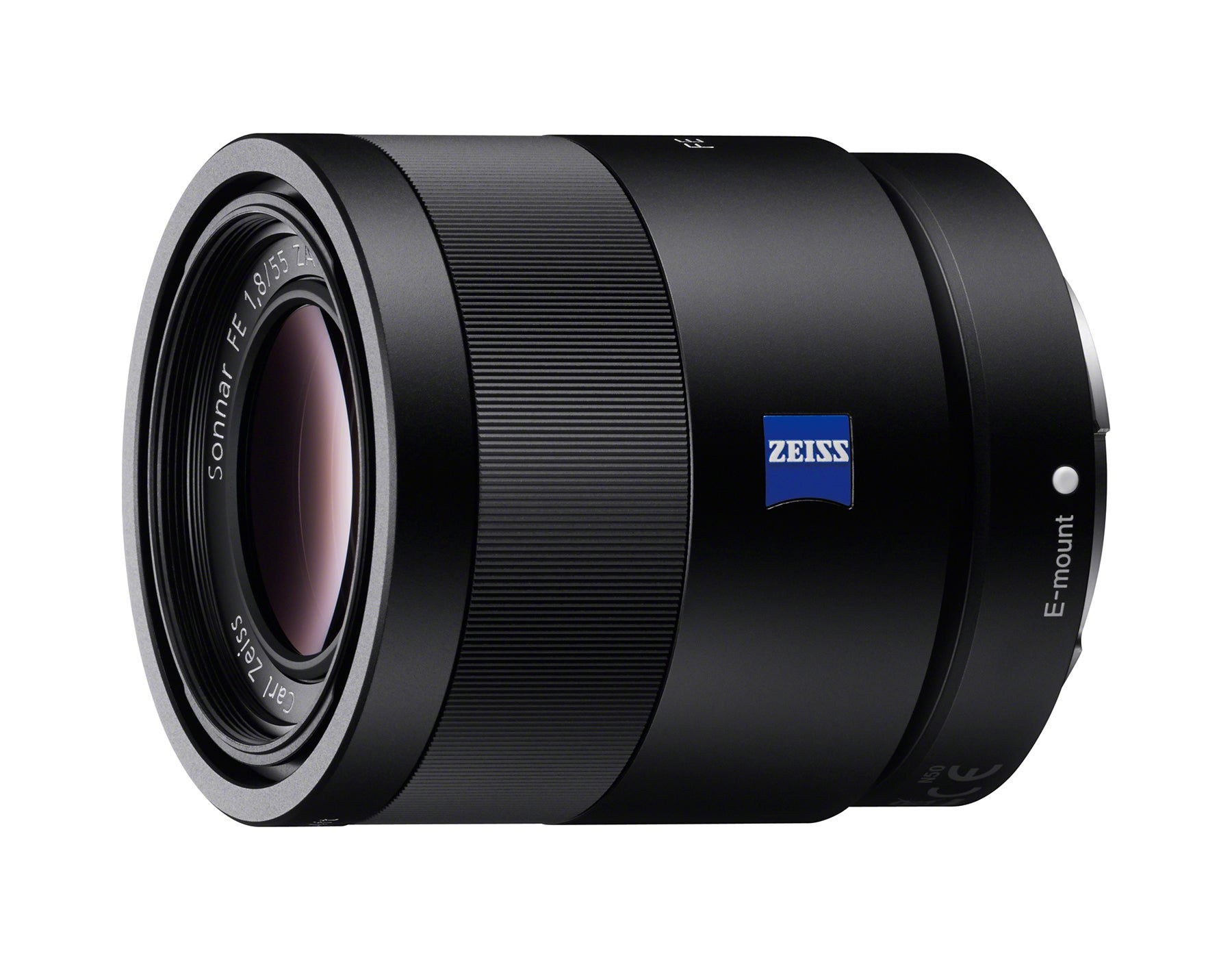
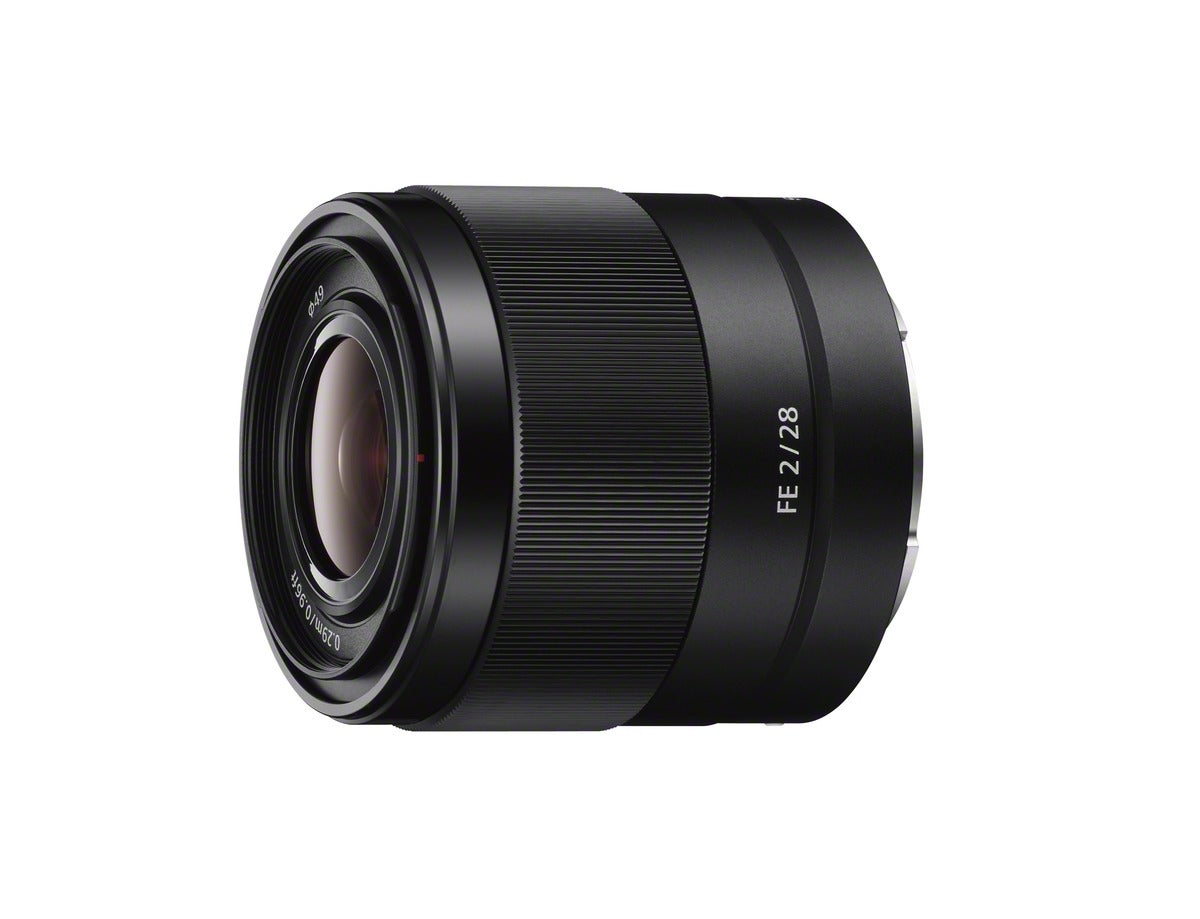
Alpha Universe: The right gear should be an extension of how you see and think. Has switching your camera made a difference in that regard?
Quinn Ryan Mattingly: This one comes to mind right away, actually shot on my first weekend out with the α7R II as I was testing it.
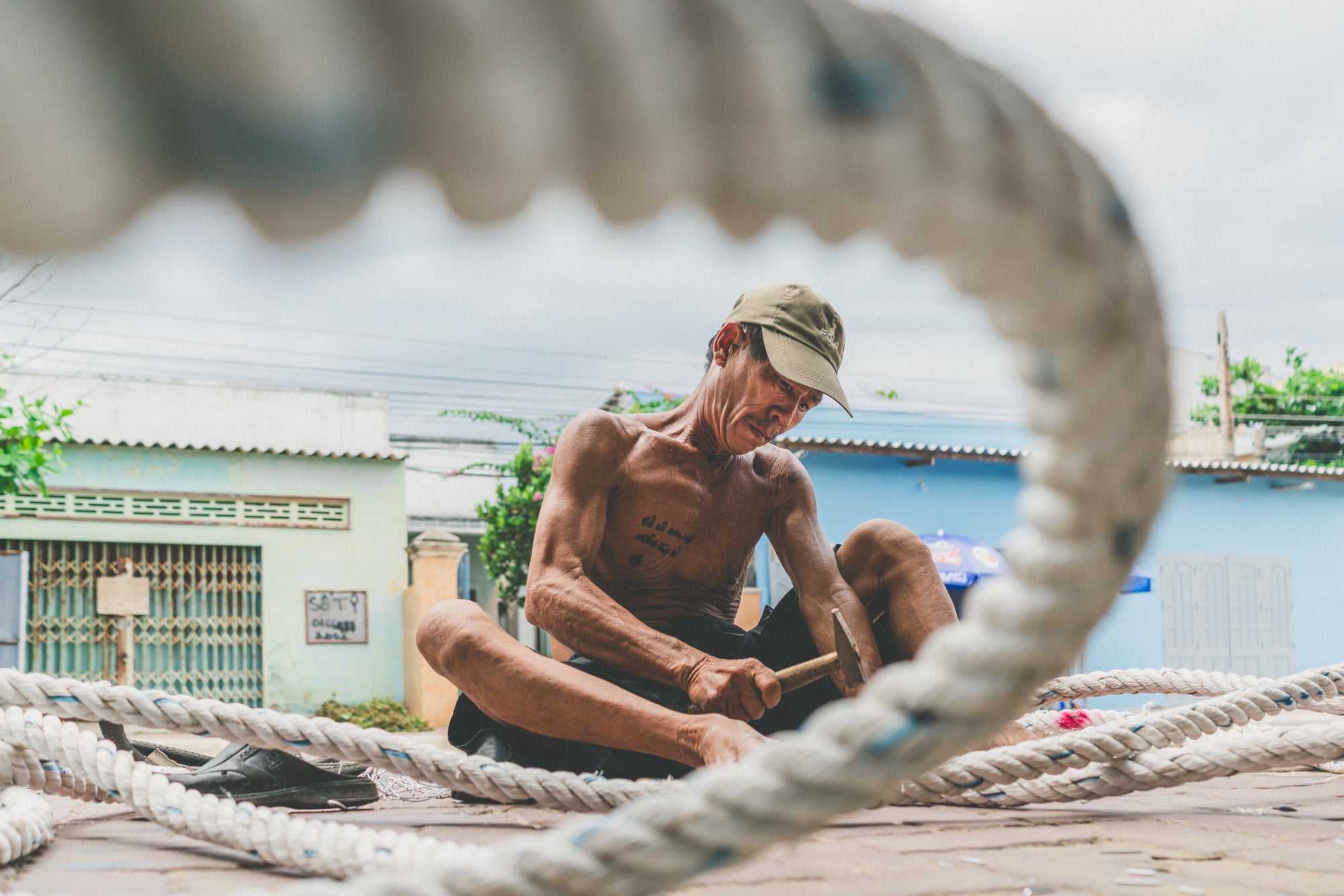 These guys were repairing ship ropes on the sidewalk of a small village near the coast in Vietnam. I stopped to shoot them for a few minutes, and noticed this big rope creating a nice frame of the man. The problem was, I was backed up against a wall with very little room to maneuver. It was the Sony’s flip screen and live view that let me perfectly see and compose the shot without contorting myself too bad (though I was in a bit of a rough position already). On any traditional DSLR where the viewfinder is your main window to the shot, it would have been pretty impossible given the space I had to work with and how low to the ground I needed to be. This is one of the moments that I started to love the flip screen, and honestly, I use it all the time now and I’m not sure how I ever lived without it before!
These guys were repairing ship ropes on the sidewalk of a small village near the coast in Vietnam. I stopped to shoot them for a few minutes, and noticed this big rope creating a nice frame of the man. The problem was, I was backed up against a wall with very little room to maneuver. It was the Sony’s flip screen and live view that let me perfectly see and compose the shot without contorting myself too bad (though I was in a bit of a rough position already). On any traditional DSLR where the viewfinder is your main window to the shot, it would have been pretty impossible given the space I had to work with and how low to the ground I needed to be. This is one of the moments that I started to love the flip screen, and honestly, I use it all the time now and I’m not sure how I ever lived without it before!

Alpha Universe: Your images have a very distinct visual style. How do you create it in post versus what you do in camera?
Quinn Ryan Mattingly: I think a lot of my style comes from the way I see what’s transpiring in front of me, but also in the processing I do. Of course the content has to be there already in the frame, but I think learning to edit and process well has been a big part of my success. While I can work in Lightroom pretty quick when I need to, I typically spend a lot of time on my best images, making small changes in the light and tones over several visits to the images, which really lets me get exactly what I’m looking for.
I usually don’t set up shots, except when it’s needed for client work, instead I much prefer to capture real and candid moments that I find, as I think they’re much more powerful and representative of the people or places I’m trying to show the viewers. I think that’s why the documentary and photojournalism traditions are closest to what I do.
Alpha Universe: Do you do any motion work?
Quinn Ryan Mattingly: I have done a few video projects for clients, and I still do when they arise, but I’m primarily a still photographer. This is something I want to change though. One of my goals for this year is to do more video projects. Given that I have a beast of a machine with the 4K in the Sony a7R II, I really want to see what I can do with it. I’ve been a bit too busy with photos this year to try too much yet, but soon, very soon!



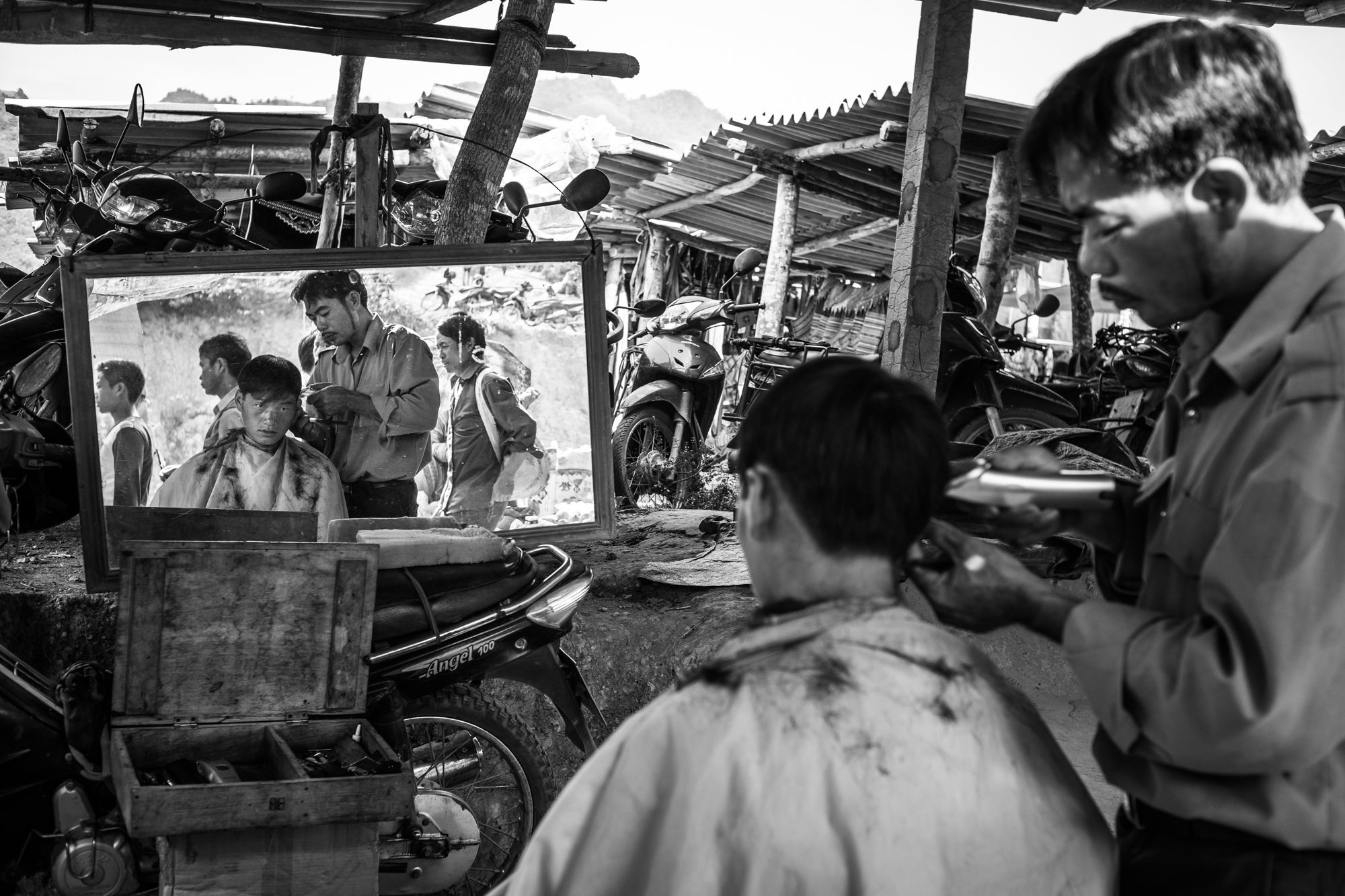
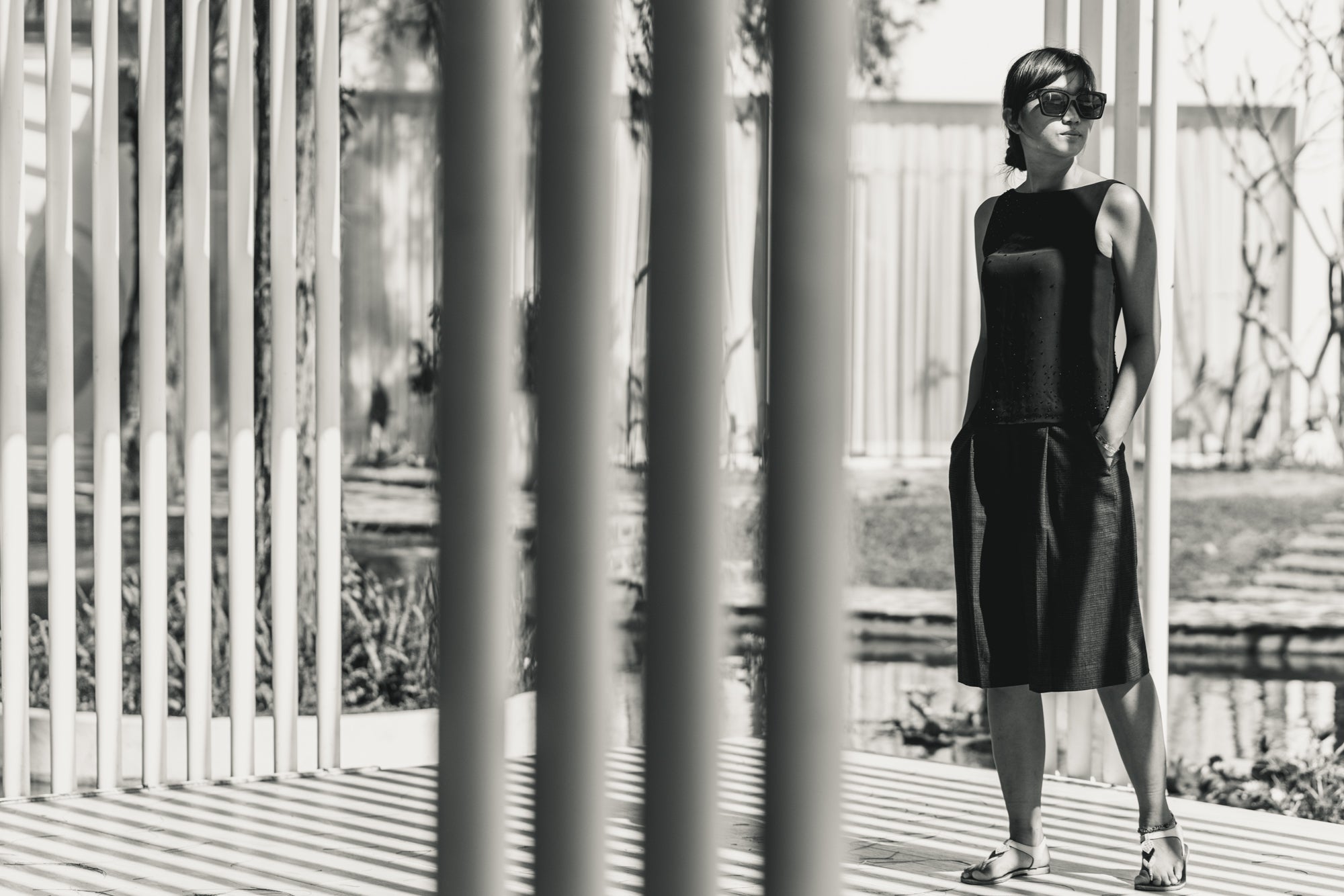

You can follow Quinn Ryan Mattingly via his blog and his various social channels.



